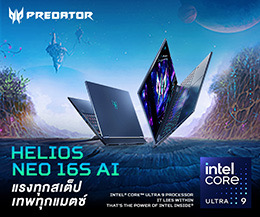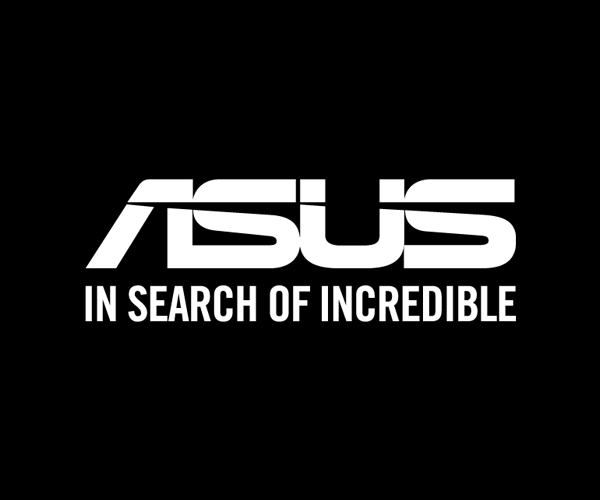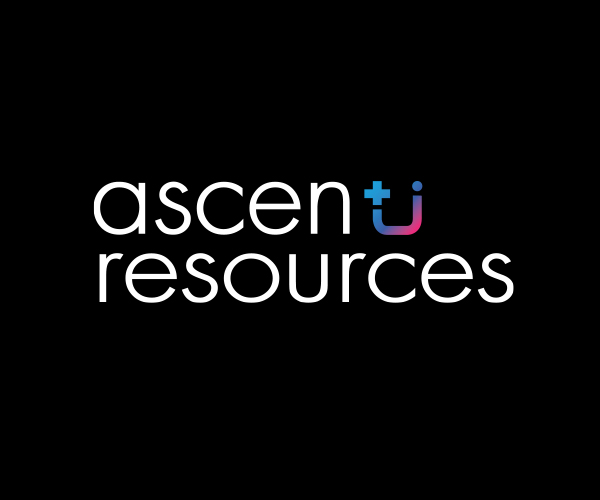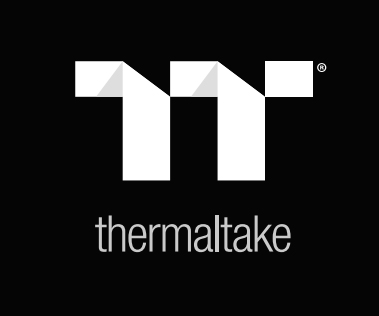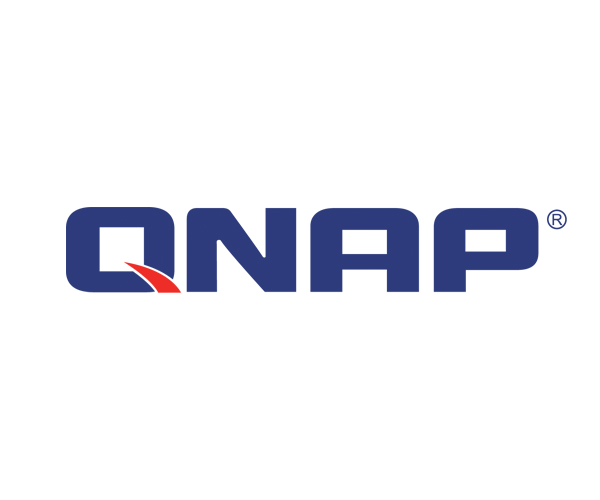PC DIY Zone
NVIDIA Holiday DEALS พร้อมรับอนาคต กับส่วนลดสุดคุ้ม เล่นเกมและสร้างสรรค์ไปกับ GeForce RTX 50 ซีรีส์ ขับเคลื่อนด้วยพลัง AI
ปลายปีแบบนี้ เป็นช่วงเวลาที่ดีที่สุดในการอัปเกรดเครื่องใหม่ โดยเฉพาะสำหรับเกมเมอร์และครีเอเตอร์ที่ต้องการ “ก้าวให้ทันอนาคต” ทั้งในด้านประสิทธิภาพ กราฟิก และการทำงานร่วมกับ AI
Recent Article
Tech Zone
NVIDIA Holiday DEALS พร้อมรับอนาคต กับส่วนลดสุดคุ้ม เล่นเกมและสร้างสรรค์ไปกับ GeForce RTX 50 ซีรีส์ ขับเคลื่อนด้วยพลัง AI
ปลายปีแบบนี้ เป็นช่วงเวลาที่ดีที่สุดในการอัปเกรดเครื่องใหม่ โดยเฉพาะสำหรับเกมเมอร์และครีเอเตอร์ที่ต้องการ “ก้าวให้ทันอนาคต” ทั้งในด้านประสิทธิภาพ กราฟิก และการทำงานร่วมกับ AI
POCO F8 Ultra สมาร์ทโฟนรุ่นแรกที่มาพร้อม Snapdragon 8 Elite Gen 5 ก้าวกระโดดครั้งใหญ่ของ POCO สู่สมรภูมิ เรือธงระดับพรีเมียม
มาพร้อม ชิปแยกสำหรับจอภาพ, เลนส์ซูมแบบ Periscope, หน้าจอ HyperRGB AMOLED, ระบบเสียงร่วมพัฒนาโดย Bose และ ฝาหลังลายผ้ายีนส์ กำหนดมาตรฐานใหม่ของสมาร์ทโฟนเรือธงไปอีกขั้น
ดีไซน์ของ POCO F8 Pro สวยเหนือจริง—บอดี้ขึ้นรูปชิ้นเดียว งดงามจนแทบไม่อยากเชื่อ
POCO กลับใส่ชิป Snapdragon 8 Elite Gen 5 ลงใน F8 Pro ตั้งแต่แรก ทำให้เป็นแฟลกชิปที่ผลิตจำนวนมากรุ่นแรกของโลกที่มาพร้อมแพลตฟอร์ม Qualcomm รุ่นใหม่ล่าสุด
Recent Article
Recent Article
Recent Article
PR NEWS

‘Whyso’ ประกาศศักดา แชมป์โลกงานแข่งขัน ROLC 2025 ชิงเงินรางวัลรวมสูงสุดเป็นประวัติการณ์
23 Dec 2025

แนะนำสมาร์ตโฟนสุดแกร่ง แห่งปี 2025 เหมาะสำหรับซื้อเป็นของขวัญให้แก่ครอบครัว ในราคาไม่เกินหนึ่งหมื่นห้าพันบาท
23 Dec 2025

ASUS เปิดตัวเทคโนโลยีแห่งอนาคตสำหรับงานด้าน AI ในงาน "ASUS Next Gen AI Technology" พร้อมเปิดตัว "ASUS Ascent GX10" ครั้งแรกในประเทศไทย
22 Dec 2025







